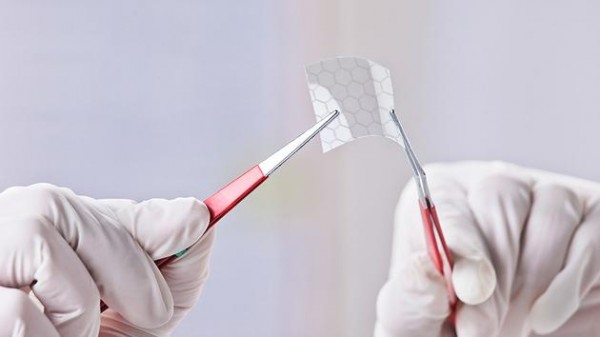Australian researchers recently reported that they have developed a new method for the low-cost production of graphene using vegetable oils, providing a viable solution for commercial large-scale production of graphene. Graphene is a two-dimensional material consisting of a single layer of carbon atoms. It has many properties such as high electrical conductivity, high strength, and high thermal conductivity. It can be used in many fields such as computers, solar panels, sensors, and medical equipment. Has received widespread attention. In the past, the chemical deposition method was used to produce graphene, but due to the high temperature and vacuum conditions, the production cost was high, which hinders the commercial mass production of graphene.

Scientists from the Commonwealth Scientific and Industrial Research Institute in Australia reported in the UK's Nature News that they had invented a new method called GraphAir, which has less stringent production conditions and can reduce the production cost of graphene.
Dr. Han Zhaojun of the research team said in an interview with the Xinhua News Agency that this method can use low-cost raw materials such as vegetable oil. If soy oil is heated in a tube furnace for about 30 minutes, soybean oil will be decomposed on nickel-made metal foil. Carbon structural units are formed and then rapidly cooled to form a graphene film on the surface of the metal foil.
Compared with the graphene obtained by the conventional chemical deposition method, the graphene obtained by the new method also has the advantages of high conductivity and the like. The new method can also control the thickness of the graphene film. Graphene from 1 to 3 layers to 30 layers or more can be obtained depending on the demand.
In addition to soybean oil, the team tried to use other types of oils or even waste oils, such as grilling or cooking the remaining oil, and found that it could also be converted into graphene.
Han Zhaojun said that using this new method to produce graphene is more economical and energy-efficient than traditional methods. Dr. Xu Donghan, the first author of the paper, said that graphene performance using GraphAir technology is comparable to graphene produced by conventional methods. “We can now recycle these waste oils and turn them into useful things.â€

Dye intermediates mainly benzene intermediates, toluene intermediates, naphthalene intermediates and anthraquinone intermediates four categories, in addition, there are some heterocyclic intermediates. The main intermediates in the production of the reaction process are nitration, sulfonation, halogenation, reduction, amination, hydrolysis, oxidation, condensation and so on. Synthesis of a complex structure of the intermediate often go through many unit processes, sometimes using different basic raw materials and different synthetic routes. For example, the production of p-nitroaniline, the initial nitration with benzene, reduced aniline, re-acetylation, nitration, hydrolysis of the synthetic route, this method of long production process, high cost. Has now switched to benzene chlorination, nitration, separation of nitrochlorobenzene, and then high pressure ammonia solution synthesis route. For the manufacture of dyes, pesticides or Pharmaceutical Intermediates, usually complex structure, often supporting the final product and production, smaller production, production and more use of intermittent operation. Some of the most widely used intermediates, such as nitrobenzene, aniline, chlorobenzene, phenol, etc., are usually produced in a large, integrated chemical plant with large production volumes and continuous operation in production.
Dyestuff Intermediate,Methylbenzoyl Chloride,Naphthalenetetracarboxylic Acid,Acid Dyes Ethylbenzyltoluidine
SHANDONG ZHISHANG CHEMICAL CO.LTD , https://www.zhishangchemical.com